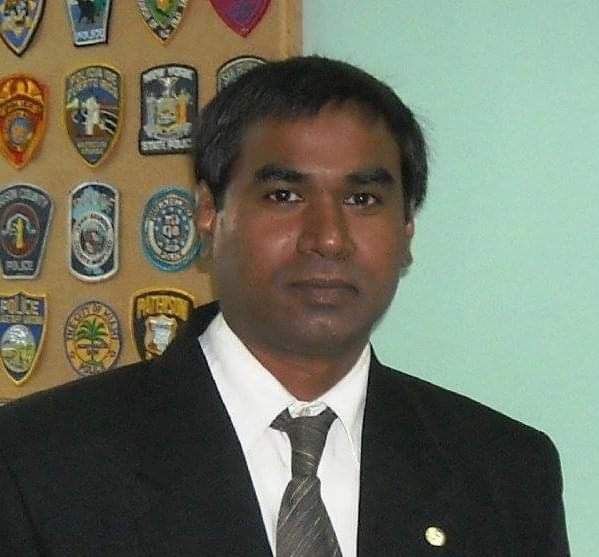by Swami Anand Neelambar
Deepavali, simply means a row of earthen lamps. Same lamps are used in Aarti. These lamps are used in any celebratory festivities. Usually as a welcoming gesture to honoured guests.
Our first introduction to Deepavali is the appearance of Mata Lakshmi from the ocean of milk (during the month of Kaartik). This Deepavali commemorates Her appearance as She is the Goddess of Lights. It marks the victory of light over darkness, good over evil, and compassion over selfishness. This is the main celebration of Deepavali and is part of a five days observance. Mata Lakshmi appears on the third day of this five-day ceremony.
Our second encounter of Deepavali is the return Prabhu Sri Rama from fourteen years exile. This event occurred on the fifth tithi in the Shukla Paksha (bright fortnight) of the month Chaitra (and not in the month of Kaartik as mistakenly adhered to).
On this occasion deyas were lit to welcome Prabhu Rama. It was a festive and celebratory ritual. It falls four to five days prior to His (Prabhu Rama’s birth anniversary. The chronology and historicity of the event is documented in the Ramayana and other Sacred Vedaic texts, as to the persistence of it being erroneously linked to the Mata Lakshmi appearance observance is beyond rational human comprehension. One can only assume blind following and purposeful misleading for ulterior agendas. The Jyotir Shastra (eye of the Veda) is squinted on this important issue.
The third Deepavali occasion is mystical and personal. It is the day of enlightenment of any seeker. The seeker becomes a light unto himself. Naturally he attains to light and thus can be classified as a Deepavali festivity. However, on this occasion no earthen lamps are lit. Instead, the entire existence becomes Light. The Sun, Moon and Stars become the deyas. The realized Atma is now the offering (aarti) of the Master to entire cosmos.
